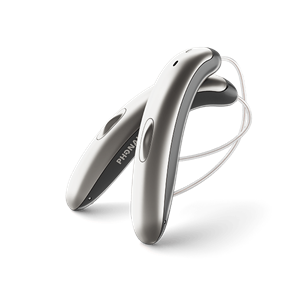Occupational Noise Surveys
Noise Level Exposure Testing
Sound energy is commonly expressed in decibels (dB). Measuring sound level pressures over a period of time and averaging them is called a dosimetry test. If you want to know the noise levels your employees are subjected to, you need to take dosimetry measurements. Those results are the tools needed to determine which employees require hearing tests and what class of hearing protection they should be wearing.
AudioNova can perform noise dosimetry testing for your company, providing a fully documented report called an Occupational Noise Survey.
The regulated limit set by WorkSafeBC for noise exposure in B.C. is 85 decibels (dBA) for an eight-hour period, or an equivalent noise exposure of one Pascal-squared hour (Pa2h). How loud is 82 dBA? If you have to raise your voice in the workplace to carry on a conversation, then the noise level is likely over 82 dBA. For impact noises (for example, pile driving or hammering), a 140 dBC peak sound level cannot be exceeded.
Here is an informative booklet entitled from WorkSafeBC that provides further information.
Frequntly Asked Questions
Noise Surveys
Additional Resources
Download one of our resource pages from the list below:



